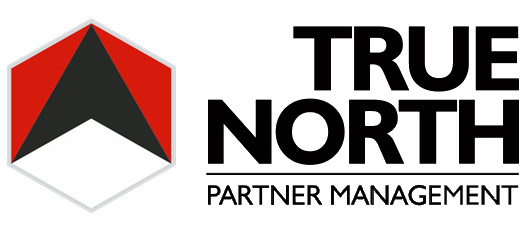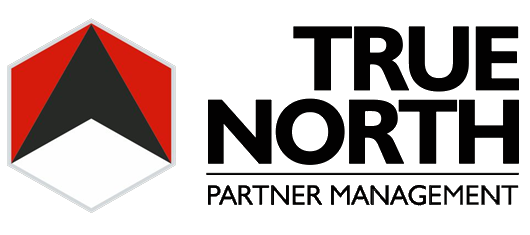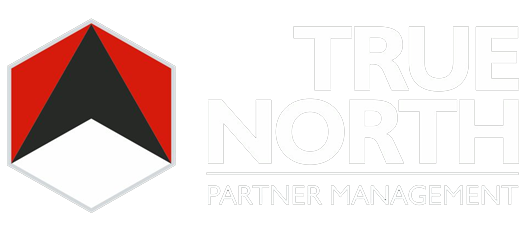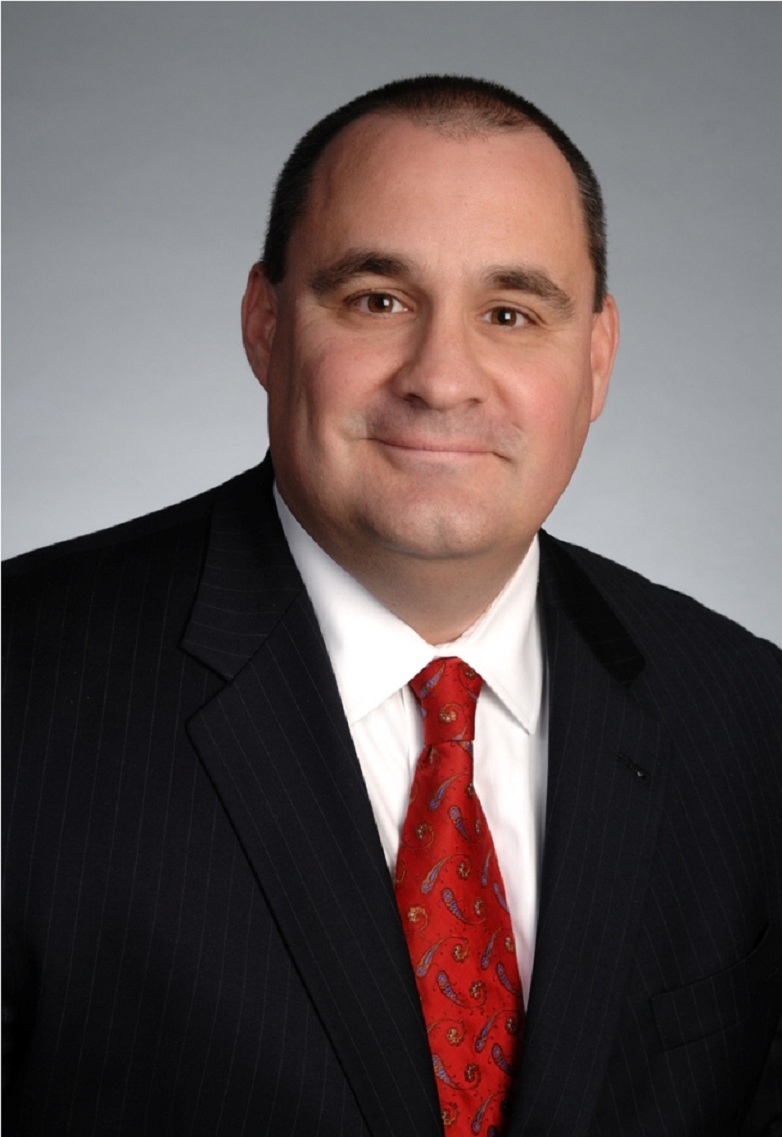The following post originally appeared on Forbes | April 14, 2015
The flexibility of entrepreneurialism can be handy when navigating unknown or shifting markets. And its influence on Cooley LLP, one of Fortune magazine’s 100 best companies to work for, goes all the way back to their San Francisco birth in 1920 when Arthur Cooley and Louis Crowley formed a partnership to provide for the legal needs of local businesses. It wasn’t until the late 1950’s, however, that they found their calling—the platform from which they would launch their expansion into the 850 lawyer, 12 office law firm that they are today.
In 1958 they formed Gaither, Draper and Anderson, the first venture capital (VC) limited partnership on the West Coast, planting their stake in the VC market and later positioning them as a go-to law firm for emerging companies. They also formed technology companies Raychem in 1957 and National Semiconductor in 1959, making them a staple in the Silicon Valley market, and today, giving them one of the richest legal histories in the increasingly durable technology market.
Since then, Cooley has systematically expanded outward from that platform. And with their transparent adherence to their cultural values, excellence, and camaraderie within the firm, they are pursuing their own position on a shortlist of elite firms in an ever-consolidating landscape. Today I speak with Joe Conroy, Cooley’s CEO, to get a better picture of some of the values, strategies, and motivations that are driving their firm. See our exchange below.
On Challenges In The Market
Parnell: Let’s just start by talking about some of the major challenges that Cooley, as a firm, has seen over the past five years.
Conroy: I think the biggest challenge that we’ve faced is the acceleration of the bifurcation that’s going on in our business–the widening gap between law firms that can ably compete for the highest margin business and those that can’t. Those that can’t will be left in a world of declining margins and competing more and more on the basis of price.
All this is taking place across an aggregate demand curve for these premium services, which, I think charitably you’d say is flat, and realistically, you’d say is declining. Being able to continue to produce positive financial movement in an environment like that has been our biggest challenge. And our superb financial results in 2014, and more broadly, over the past five years, were a great testament to our being on the right side of this divide.
It is imperative for us to be on the right end of that bifurcation. If you look at that class of firms that have engineered themselves to be on the right side of this bifurcating business, there are probably 10 or 12 different stories, different ways, that those firms have gotten there. For us, it’s about being elite and distinctive. Our partners—and really everyone at Cooley—have coalesced around this notion that we want to be two things at once, and independent of each other.
First and foremost, we want to be an elite firm with all that entails: Elite in terms of talent and capability, elite financially, and elite from a brand perspective. If you ask 200 GCs of important companies in the [United] States, “Who are the elite firms?” you’ll get different answers. Being elite means getting your fair share of mentions in response to that question. Today, we are getting our fair share.
Second, in addition to being elite, it is imperative that we remain focused on, and branded around, technology, venture capital, and life sciences, and the representation of innovation and those that fund it. And therein lies the big opportunity for us, as we feel that we are the only elite firm that is focused and branded that way.
We need to continue to be defined as a leader in respect to what we do. We think it is circular: Our ticket to that elite “club,” if you will, is our focus and branding and unbeatable practice capabilities. The industry areas where we focus and excel are, I think, more and more being recognized by big firms as not only being lucrative, but also as being durable.
On Becoming An “Elite” Firm
Parnell: I wrote about prestige in [The Failing Law Firm], and the reputational signaling factor of elitism is huge in the market. I can see why it is palatable for firms to try to achieve it. But can you be a bit more granular with your definition?
Conroy: You need to be, first and foremost, elite financially. You need to be among the firms that are in the top echelon in terms of your ability to make good money; not making money for money’s sake, but because we’re in a human capital business, and it takes money to attract and retain the best human capital. Clients will seek out the best talent there is and stay with them.
Also, it’s about being elite from a practice capability standpoint. You are providing counsel in both business transactions and litigation that are among the most important and foundational in the business world; those sorts of bet-the-company matters that are getting the publicity that establishes the continued up-scaling of your brand.
And then, in particular, elite for Cooley has meant a certain amount of geographical and practice capability expansion, because you’re not going to be thought of as an elite firm in a world where businesses, even emerging company businesses, compete globally from day one unless you have enough coverage from a practice capability and geographical capability standpoint.
So there’s a certain amount of heft or muscle that goes with that elite definition as well. Conversely, we don’t believe that—and maybe this was a prevailing notion ten years ago, and maybe some still subscribe to it—but we don’t believe that size, in and of itself, makes you elite. Because there certainly are some truly huge firms, and there are going to be more truly huge firms, but the question of whether they’re elite is one that I think most of the truly elite firms would tell you they’re not, simply by the notion of their scale.
On Cohesion Within The Firm
Parnell: What are some of the things, specifically, that you’re doing to cohere the firm and the culture? To bring all of you together?
Conroy: I think it starts with this constant, omnipresent, sometimes repetitive communication—and it’s more of a scheme of communication in messaging from the top to the bottom and from side to side—but just messaging that, as a matter of choice, we are going to be “one-firm.”
There are two aspects to this:
First is the “just-the-lawyers” aspect. Principally, the way you make that happen in a law firm is you recognize the golden rule, which is that 90% of your culture is driven by your approach to compensation. We have a partner compensation system that people are bought into which both incentivizes the right behavior and discourages the wrong behavior. You put your money where your mouth is. So each partner understands that it’s his or her job to grow the pie for their partners. And it’s incumbent upon each partner to answer the question when they walk into the compensation committee at the end of the year, “What did you do to help bolster others?” Then each partner knows that they actually made a difference. If you have a compensation culture that people buy into, that really effectuates a mentality, then you drive lawyer behavior in terms of the communication throughout the firm.
Second, it’s really about emphasizing that we, as a matter of choice, and a matter of personal style—maybe even as a matter of business ethos—eschew the standard law firm rubric of drawing these big bright lines between partners and associates, lawyers and staff, and in some respects, even lawyers and clients, that “we’re professionals and you’re not.” We don’t stand for that.
What you get is a culture where people feel as one, because there’s constant communication so everyone understands the mission, and they understand the business is “our” business, not just “their” business. It’s something that you emphasize in a more corporate culture of teamwork, where all people feel not just empowered to work hard and to exercise their voice, but they feel that when they hear about successes, they personalize it.
On Leadership Challenges
Parnell: In your opinion, what are some of the bigger challenges that law firm leadership faces in today’s market?
Conroy: I mean there’s a huge challenge that is presented by the suboptimal and backwards ways that typical law firms choose their leadership. It’s either the person with the biggest practice, or the person with the loudest voice. This is magnified by the fact that the skills it takes to practice at a high level as a partner in a law firm are completely different to the skills that it takes to run a billion dollar business, or parts of it, for example.
Add to that the fact that most of us are constrained from hiring senior lawyer management, top level management, from outside of the firm because you are never going to have the credibility in a professional services partnership with your partners unless you’ve actually done what they do and walked that walk, and you end up with a talent pool that’s reasonably small.
I think you add on top of that all the ways that law firms aren’t great at managing themselves and planning for the next generation as some of the biggest issues, too. So I think that’s a real challenge. It’s a challenge because a lot of times you want a model. You say “she did great during this time period,” but if that time period was post-Great Recession up until today, that’s a different path than you’ll face over the next ten years, and it might take a different sort of person. That’s a huge challenge for all of us.
On Making Fortune’s 100 Best Companies To Work For List
Parnell: Okay. Moving on to Fortune’s 100 Best Companies To Work For list. You debuted last year as number 100 on the list. This year you rolled up to number 42. What are some of the attributes that helped you earn this? Obviously Fortune [magazine] has their metrics, but could you talk to me about that a bit?
Conroy: So I think this is, in the law firm business, probably driven more by the reaction of staff, first, and maybe secondarily, associates, and partners, last. It’s really heavily influenced by staff.
Law firms aren’t typically great at motivating their staff. We’ve got a lot of great people that have been around here a long time. They have friends and they know how good they have it. And as a firm, we talk. I am communicating throughout the firm all the time, nonstop, and it all contributes to demystifying our business. Our business is not complicated. It’s about getting and retaining the best human capital. It’s a human capital business; human capital, top to bottom and side to side. And the staff and the associates in the firm believe that we believe that. They believe it, because it’s true.
We believe in excellence. And so it’s this notion that they understand the business that they bought into, and they believe it’s theirs. It’s not about foosball tables, or happy hours, or any of that. I really think it’s this notion that we empower everybody in the firm to believe that they can make positive change. Everyone understands that when there’s pride in something, its pride we all get to share in. People buy into this, and that is really what makes this place so sticky.
On Construction Of The Culture
Parnell: So what drove this? Is there a model you are following? A book? A theory? Or is this something that just organically kind of came about through trial and error?
Conroy: I think it is organic. I think it existed in the firm in the early days of us becoming a real firm. We’ve been around since 1920. And the firm grew up for 60 years as a San Francisco-based firm. And, you know, the then pioneers, now icons of the firm went down to this little place that was becoming Silicon Valley, and boom, we became a completely different firm over time.
I think, starting at around that time, it was more that we were entrepreneurial because we were representing entrepreneurs. We mirrored our client’s culture more than, perhaps, a Wall Street firm would. I can’t overstate how foundationally important that has been. But the reality is that it’s easy when you’re a small firm, and you’re just a tech firm: You don’t face the challenges of having offices in different places; places where the sun doesn’t always shine; and in Manhattan where people may appear tougher. You just have different—even within the states—cultures.
As we’ve grown there’s been a considerable amount of stewardship from management. It comes with a price. Me, personally, I’m on the road 275 days a year. And I’m extraordinarily mindful that when I walk into an office—and it might be one of the three or four times I’m in that office in any year—that it doesn’t matter whether I am exhausted, or my knee is swollen from the plane, or if I have a headache because I am on some crazy diet, I’ve got to throw a smile on my face, and I will walk in there and people look and they draw conclusions about the place.
So I always make it a point to seek out some people that I know and find some that I don’t know. Learn something about what they’re doing, keep track. And it’s principally non-partners—sometimes associates—but many times staff at all levels. In doing so, I hope to not only create this example for others, but also to create a bond. And I also learn something, always. Something that will come in handy when, in a month or so, I’m hearing some vertical complaint about something, and I’ll be like, “Well actually I talked to this person. They gave me this perspective.” And it’s oftentimes those little interactions, which, if you’re a partner in a law firm, let alone if you’re in my position, you could go through your day and never think they mattered. But they matter tremendously. It’s not just about shaking somebody’s hand. It’s about interacting in a personal and meaningful way.
On The Shifting Leverage Pyramid
Parnell: The leverage pyramid. Could you just talk to me about this? Obviously it’s been evolving for some time. What do you think the leverage pyramid is going to look like in another five, or seven, or ten years? Is there even going to be a pyramid? What’s your prediction?
Conroy: My prediction is that for most of us, we’re going to continue the gradual trend of deleveraging.
The firms that have succeeded are the firms that can continue to push their rates higher based on the fact that they offer premium, high value, high impact services—critical matters for important clients—and yet can be flexible enough with their discounting and alternative fee arrangement structures to agree on the value proposition.
Clients are going to want to concentrate their purchasing power on higher-skilled assets. You’re going to have clients that are more willing to pay for senior associates and partners than they are for junior associates whom, many times, clients think they don’t know what they’re doing.
Now, there are segments of our business, and there are others that do this, where because you’re preeminent enough in a space that you can continue to maintain leverage. And for us, emerging companies is one of those spaces where the reality is that we’re so preeminent in emerging companies, and so dominant in these financing transactions, that we can use a second year associate that, in terms of his or her deal experience, is equivalent to a junior partner in another law firm. And, thus, you have more leverage in those sorts of transactions. And of course you need it because sometimes those transactions have smaller fee profiles.
But I think the whole business is getting less leveraged in between partners and associates. And I think that’s going to continue. I don’t think it’s going to be some dramatic change. I think it’s going to continue to be gradual.
On Their Strategy Moving Forward
Parnell: If you could articulate your strategy. What’s your strategy for distinguishing yourself from your competitors? If you could just kind of sum that up for me. What are the initiatives, specifically, that you guys are doing?
Conroy: There are a couple different angles to that. First, from the 30,000 foot view, it’s the bifurcation. So we do distinguish ourselves, our ability to deliver high-end, high-value services.
Fundamentally, for us, what we’ve found is that our principal distinguishing factors are the deep historical roots in these business areas which are now not just lucrative, but are increasingly thought of as being durable. When you have a 40-year history in fund formation, or in representing the world’s most exciting emerging companies, now you’ve got something more valuable, because ten years ago, the time between when a company was in a garage and when it was useful to the best law firms in the world—that a company could support a rate structure—was measured in years. Now it’s measured in months. So for us it’s all about building preeminence in these sectors.
And so our continuing focus on, and affinity with, these businesses is our differentiator. Now, it only works if you’re able to represent them in the highest profile, highest impact, most profitable ways. So we’ve needed to expand to be able to litigate massive cases. Our firm’s chair, Steve Neal, recently won an arbitration for a global life sciences company where there were tens of billions of dollars of market cap at stake—arguably one of the largest such cases of all time. We didn’t get that case just because of life sciences; we got that case because we have these high-end litigation capabilities, a deep bench of trial lawyers.
On Becoming A Future-Proof Partner
Parnell: From an individual partner’s perspective, what do you think the practice of law is going to look like 10 years from now? What could a partner do to future-proof themselves?
Conroy: There’ll be a flight to quality and a need to be distinctive. Clients are more loyal to those that they feel are most bought into their business; not just those who understand their business, but those who put themselves up on the line, too, with respect to the risks being taken. And that becomes generational. You know, you represent a four-person management team. And then that turns into four more companies, and eight more companies. So you really have to own that client base.
Also, I think the most important thing is taking the long view. There’s so much pressure, financially, that sometimes younger partners don’t take the long view. We try to push our partners to take the long view, and we have to do our part with the compensation structure; it needs to incentivize that.
Ultimately, it’s going to be about building a brand. Because the number of really elite brands is shrinking. And the number of brands that are distinctive is also shrinking.



